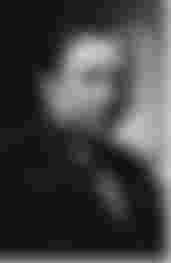Who is this?
A French chap, a chap of Matisse.
Matisse? I heard of him, and why the chap is so significant now?
Well, they co-founded the movement called Fauvism which helped major movements of 1900s to emerge; although the movement itself only lasted 5 years. Before you ask an example, he helped shaping Cubism of with Pablo Picasso and Georges Braque.
Like fauvisme, isn't that wild animal in French?
Exactly so, but it was supposed to be derogatory and coined by the critic Louis Vauxcelles when he saw the work of Henri Matisse and André Derain in an exhibition in Paris, 1905. The paintings were the results of the summer they spent together in the south of France.
Do you have a fun fact about the chap?
Certainly. Derain actually served in the military twice between 1901 and 1919. He fully committed himself to art when he returned and Europe decided to take a breather.
I see, French humour, I see! I'm interested, show me some of his work, will you?
As you wish.
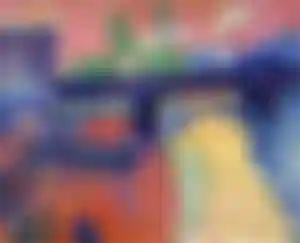
Hold on, isn't this Thames?
It is indeed. In fact, after the served his first military duty, he travelled to London in 1906 where he produced some of his most famous works.
But how about all these colours, the shapes, the .. everything seems a bit..
Non-naturalistic? Bold?
Yes! Unrealistic!
Well I was about to say, Fauvism makes their work appear quite abstract in way of forms of the subjects were simplified. They were rather interested in colour theories invented in the nineteenth century - particularly those relating to complementary colours.
You what, sorry?
Oh. Complementary colours refer to pairs of colours appear opposite each other on scientific models such as the colour wheel, and when used side-by-side in painting make each other look brighter.
How did they come about this?
He was influenced by the technique of his friends Matisse and Vlamick, as well as by impressionism and divisionism.
Divisionism? Can we talk about it?
Let's stick to Fauvism now, shall we!
Alright alright, show me something else!
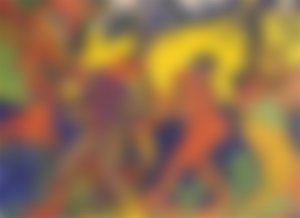
I suppose this is 'The Dance'?
Clever, you're getting it fast aren't you!
It was painted in 1906, a large decorative composition of three women undulating in a luxuriant forest. Derain was inspired by a poem by Apollinaire and called it L’Enchanteur pourrissant (the rotting magician) about three fairies looking for Merlin’s tomb. The gestures of the dancers are reminiscent of Egyptian and Indian art, and could have inspired Nijinsky’s choreography. The mysterious vegetation and the hidden meaning of a snake and a multicolored parrot infuse the ritual scene with symbolism.
How did he end up influenced by all this?
It relates to the time he spent in Montmarte where he moved from London to be closer to his friend Picasso and other notable artists who lived in the artsy area.
In Montmartre, he began painting with more muted tones versus the loud, bright colors that were common in Fauvist work. Derain began showing an interest in African sculpture and was exploring the work of Paul Cezanne.
Will you show me 'The Dancer' before you leave?
I shall
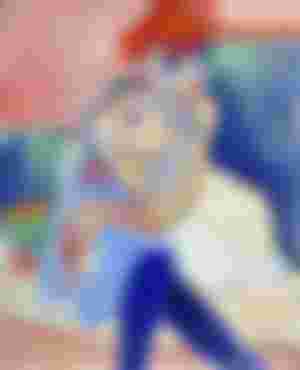
She's certainly not dancing, is she?
Good point! Her pose, with crossed legs and upper body leaning forward, with that alluring and powerful gaze, raises the question of whether the figure was a dancer or actually something else entirely.
I knew I was right!
Well then. Why don't you cover next week's topic, Matisse?
I rather listen.
Alright then.
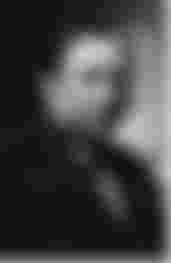
FRENCH PAINTER, WRITER, SET DESIGNER, ILLUSTRATOR, AND SCULPTOR
Born: June 10, 1880 - Chatou, France
Died: September 8, 1954 - Garches, France
Movements and Styles: Fauvism, Neo-Impressionism, Cubism
Hope you enjoyed the read!
I write about Blockchain: at DeFi.library
about obscure music: Obscurities in Music
and for art, food and other pleasures at: Taste.in.Life



